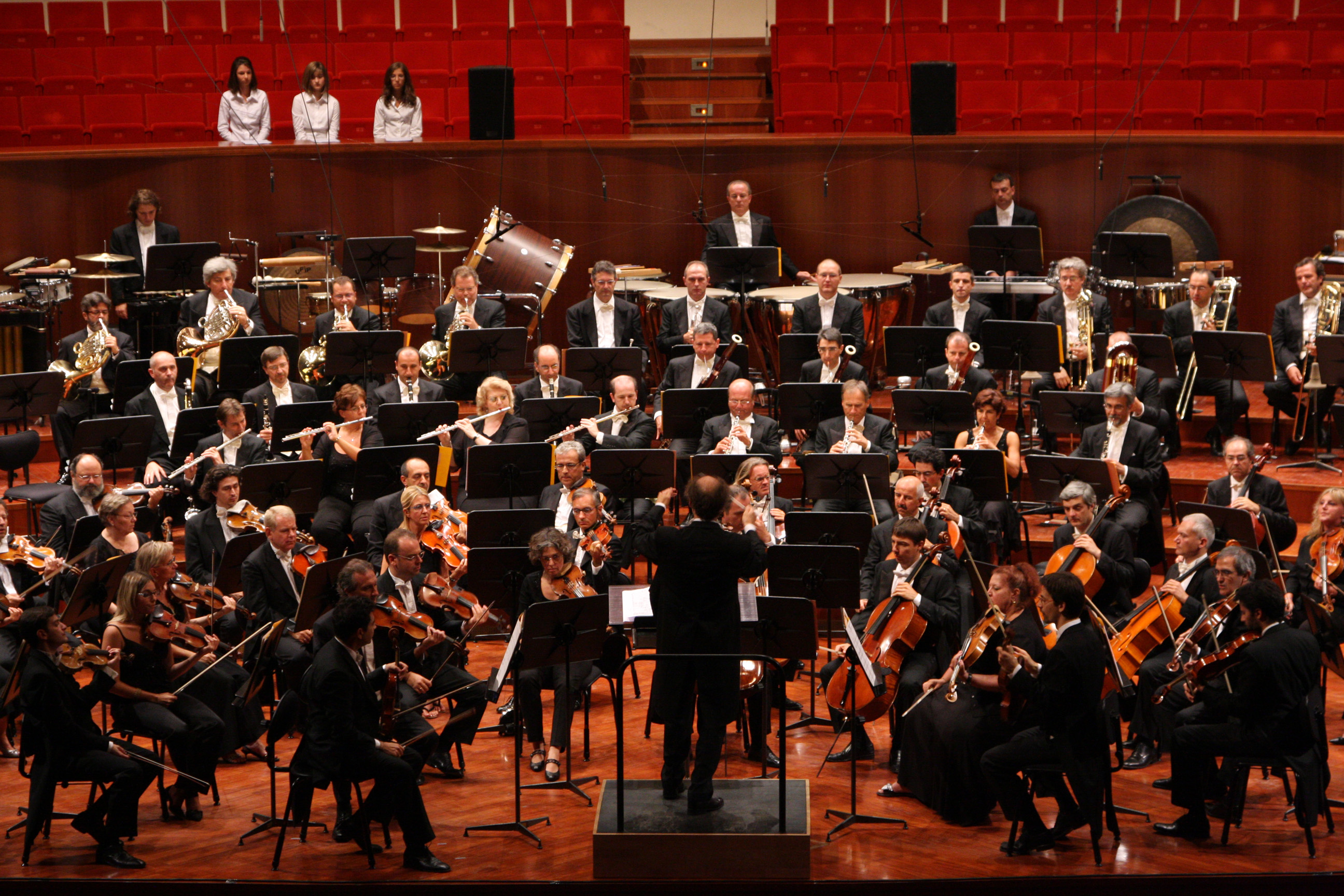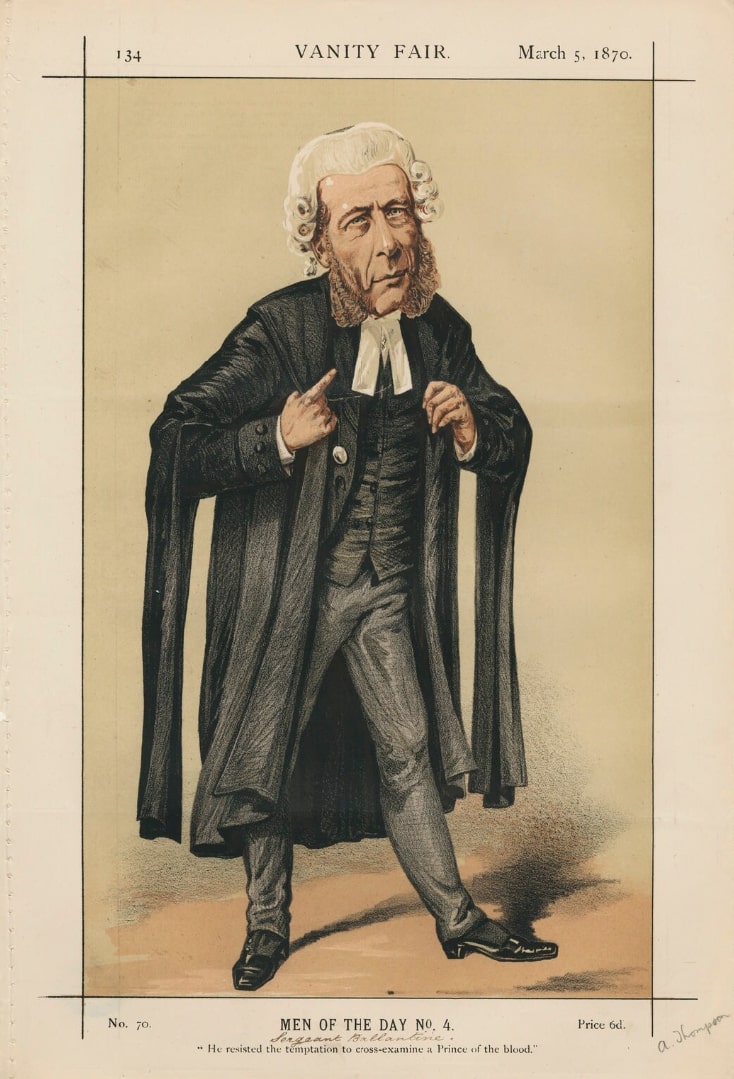There was a song from "way back when" which had the line: girls are getting younger and prettier each day. The trouble is that when you get close to many of them, they have pieces of shrapnel stuck in various parts of their faces. I know that I'm allowing my prejudices to show, but why do they do it?
Here's a few things that they might have to deal with:
1. Infection at the site of piercing. Luckily this is not a big problem, thanks to the body's amazing ability to fight off infection, but it can and does occur.
2. Allergy to the material used. Cheap inserts that contain nickel are well known to cause a local allergic response and the only way to get rid of it is to remove the offending object.
3. Chipped teeth. For those who choose a lip, cheek or tongue piercing, then beware of damaging your teeth.
4. Unsightly scaring. Some people are prone to Keloid scars which are thick, red and unsightly: if you have this tendency to produce keloid scars, then having a piercing will cause a keloid at the site of puncture.
5. Blood born infections. This is far more common when the piercing is done by un-skilled individuals with poor hygiene - and alcohol plays a big part here. Hepatitis B and C, Tetanus and HIV are the major serious infections that can be introduced by amateur, insanitary operators.
6. Sometimes the inserted jewelry can catch in clothes and tear the skin: that's not only painful but makes any scars bigger.
Most of the young people I know who had piercings 5 years ago have now removed them, but the telltale signs are still there in eyebrows, lips, noses, cheeks and probably elsewhere too! Unfortunatley, I think that this fashion trend still has some way to run yet, and so for all of those who may consider having it done - or for families of those who have a loved one who is considering it - here are a few suggestions.
Never, ever, ever have a piercing under the influence of alcohol: you not only might regret you decision, but you might be getting more than you bargained for - see 5 above!
Consider the possible implications on your future employment - will you be able to cover the piercing?
Who is doing the piercing? Check them out before committing and look at the hygiene employed at their place of work. Do they have an autoclave to sterilize "non-disposables": do they wear gloves: do they wash their hands thoroughly between procedures?
What sort of jewelry is going to be inserted? Does it contain nickel?
After insertion, most wounds will heal within 6 weeks though some in more moist spots may take longer. Make sure you follow the recommendations for correct wound care in the post-insertion period to avoid contamination and infection. If signs of an infection appear - redness, swelling, soreness or discharge - then see a Doctor.
image








